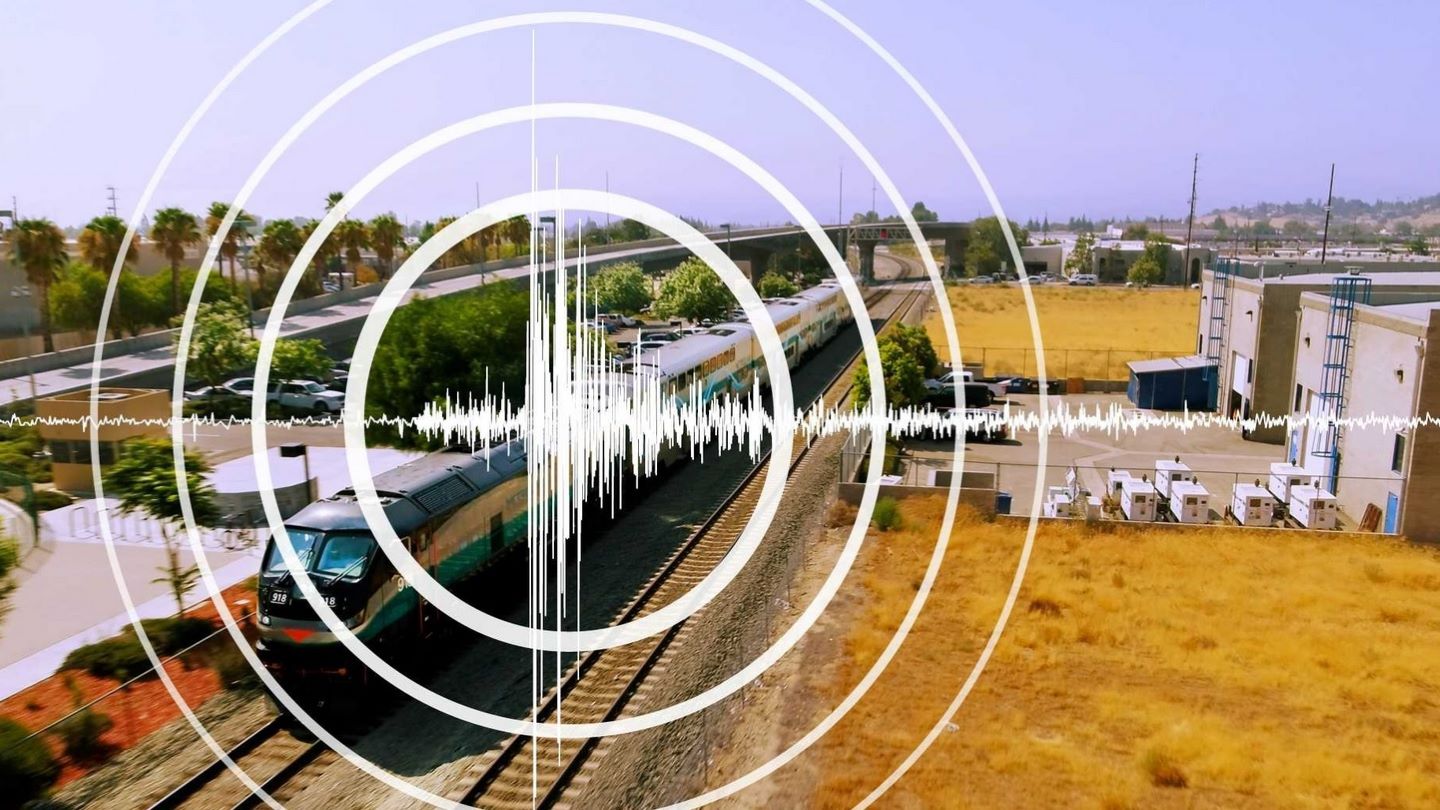
Southern California’s commuter rail system Metrolink has concluded the implementation of its ShakeAlert-powered Earthquake Early Warning (EEW) system along seven segments of its passenger rail lines.
Installation of this technology marks the “90th anniversary of the 6.4-magnitude 1933 Long Beach earthquake along the Newport-Inglewood fault.”
Metrolink’s EEW system will be used to automatically alert trains as well as apply the brakes for safe and quick slowing or stopping of trains running on Metrolink-owned tracks in case an earthquake occurs.
This system is said to be based on an interface between the US Geological Survey ShakeAlert and the company’s Positive Train Control (PTC) system.
ShakeAlert is an earthquake early warning system, which offers significant data within seconds of an earthquake being identified.
It will help detect the earthquake’s location, magnitude and estimated shaking to alert people and systems before the shaking starts.
PTC is useful in avoiding train-to-train collisions, over-speed derailments, as well as other unsafe actions.
Both the systems enable trains to identify and respond quickly to an earthquake, in addition to offering enhanced data to support inspection of the rail network and resumption of service after an earthquake.
With the support of the California Department of Transportation (Caltrans) and USGS, Metrolink has deployed the ShakeAlert-powered technology.
Metrolink CEO Darren Kettle said: “We are not able to prevent earthquakes here in Southern California, but we now have critical data and technology that allows us to detect shaking earlier, mitigate impacts and save lives.
“With earthquake early warning technology now available on all our lines, it gives me great satisfaction to know we are doing everything we can to protect our riders and staff.”




